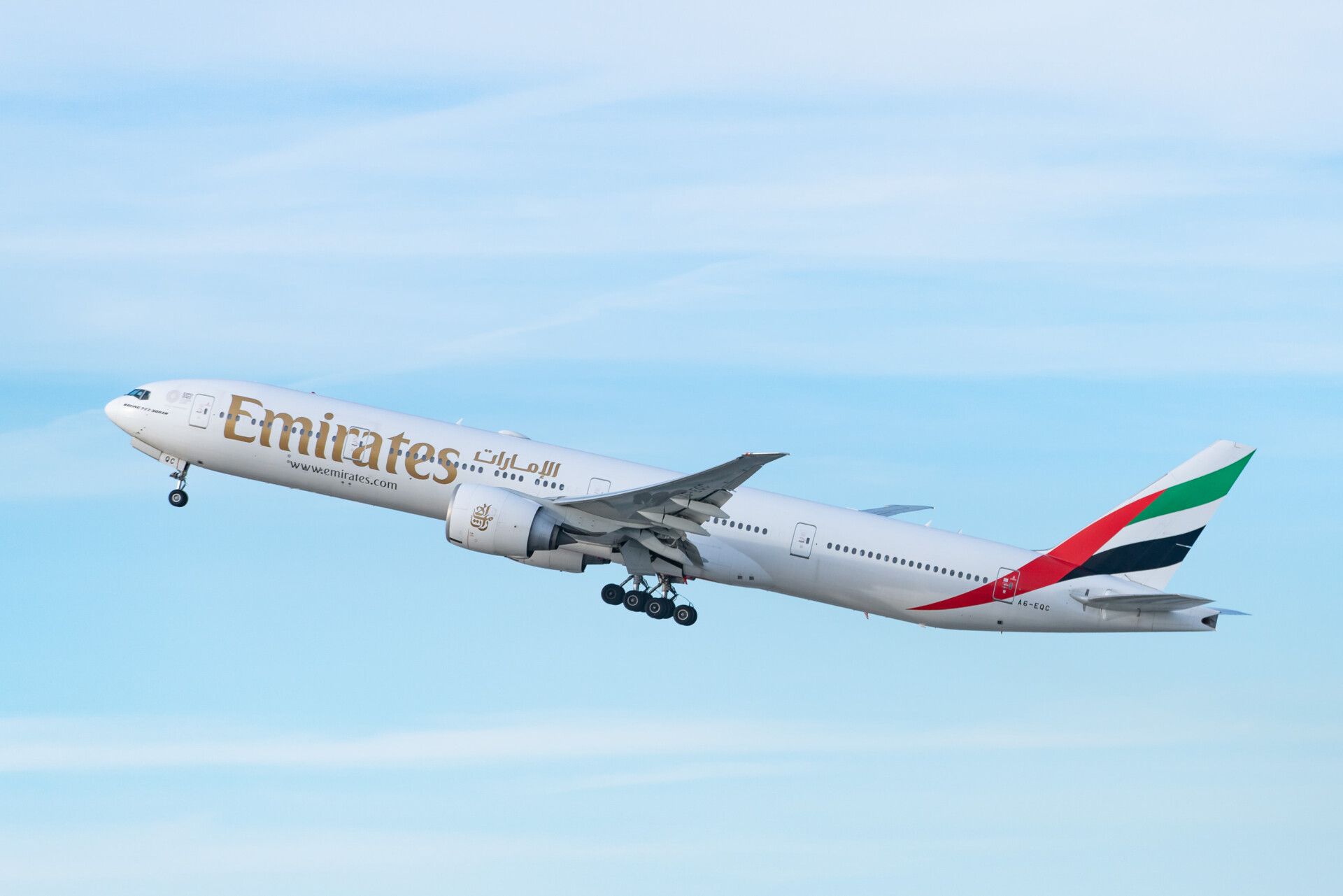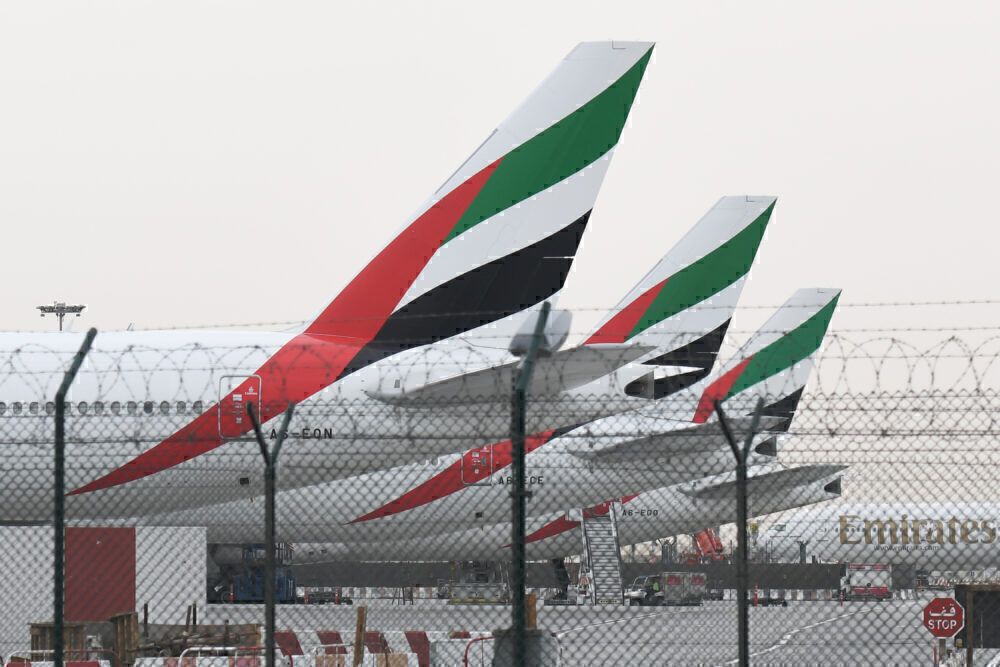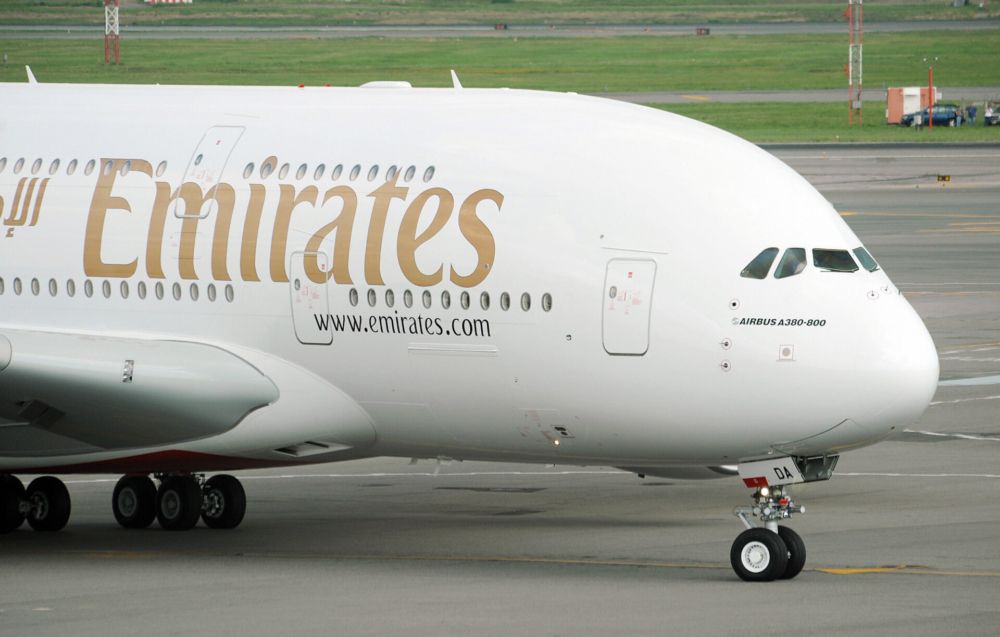Emirates is ramping up global operations quite swiftly and expects to operate flights at full capacity soon to one of its key markets – India. Airlines in the Middle East, including Emirates, have often filled the gap for Indian passengers, increasing their choices when flying to destinations in Europe, Canada, and the US. While non-stop flights are currently in demand, Emirates is looking forward to re-establish its hub and spoke model from Dubai.
Full capacity in the near future
Emirates serves nine cities in India, deploying its trusted workhorse, the Boeing 777-300ER. Currently, the carrier is operating flights under an air bubble arrangement as India nears a two-year mark for suspension of scheduled international flights.
However, Emirates Vice President, India and Nepal, Mohammad Sarhan, is hopeful that Emirates will fly full capacity once conditions are suitable. Mint quotes Sarhan as saying,
"Given the latest developments, we are in close contact with the local authorities, and we look forward to operating at full capacity once conditions allow us to do so.”
Giving a roadmap to Emirates becoming profitable again in the next 18 months, Sarhan said that the carrier is operating 90% of their pre-pandemic routes globally, with the A380 already flying to 25 destinations.
India a key market for Emirates
The ME3 have made impressive inroads in India, capturing a sizable market share of passengers flying to the west. The Middle Eastern carriers, including Emirates, further closed in to fill the gap left behind after Jet Airways’ collapse. Until Vistara started international operations last year, Air India was the only Indian airline flying to Europe, US, and Canada.
India’s new Civil Aviation Minister, Jyotiraditya Scindia, has been looking to put a system in place that pushes Indian carriers for long-haul international flights. However, IATA Director General Willie Walsh feels it’s not going to be that easy to challenge the domination of the Gulf carriers. The Economic Times quoted Walsh in October,
“If the view is that you need Indian carriers to serve that market, I don't think you are going to get the same amount of choice (number of flights and number of cities connected), and certainly not in the short term.”
While passenger preference has gravitated towards non-stop flights lately, many places in Europe and the US have no direct flights from India. With its robust fleet and network, Emirates will continue to attract travelers to such destinations.
Stay informed: Sign up for our daily and weekly aviation news digests.
Bouncing back
Emirates has been regrowing its network steadily over the past one year. From Manchester and London to Bangkok and Sydney, the carrier has started deploying its 380s to major destinations around the globe. Almost a month and a half ago, Emirates added 6 A380 destinations to its network in one day and was also quick to fill up seats on its flights to Brisbane after entry rules into the city were relaxed a few days ago.
Emirates received its last A380 on December 16, bringing an end to the entire double-decker jet program. The carrier now has 121 A380s in its fleet, and together with its 777s, it will surely try to grab any opportunity to fill them up soon.



